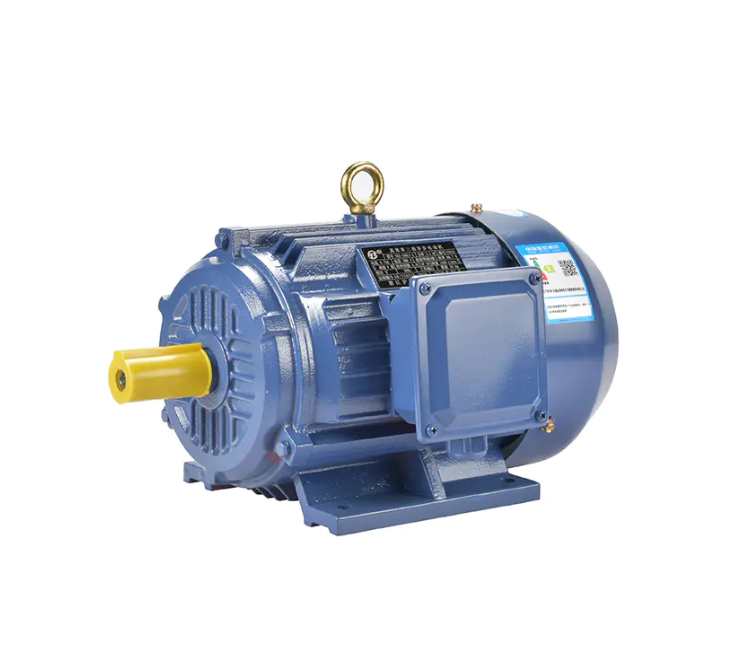A frequency conversion motor has become an important solution in many industries where energy efficiency, operational flexibility, and process control are required. Unlike traditional motors that operate at a fixed speed, this type of motor can adjust its speed according to the demand of the application. By using frequency converters, it ensures that the motor runs at an appropriate speed, reducing unnecessary energy use and mechanical wear.
One of the key advantages of a frequency conversion motor is energy conservation. In many systems such as pumps, fans, and compressors, the demand for output varies throughout the day. If a fixed-speed motor is used, it often consumes more electricity than needed. A frequency conversion motor, however, aligns its speed with the actual requirement, which significantly reduces power consumption. This not only saves energy costs but also supports sustainable operations.
Another benefit is improved process control. For industries such as manufacturing, HVAC, and chemical processing, being able to adjust the motor speed precisely is highly valuable. It allows better control of flow rates, pressure levels, and production quality. Smooth acceleration and deceleration also minimize sudden stress on mechanical components, resulting in less downtime and extended equipment life.
Additionally, frequency conversion motors enhance working conditions by reducing noise and vibration. Since the motor runs more steadily at varying speeds, the mechanical strain is lower. This results in quieter operation and increased comfort for operators in facilities where motors are used continuously.
Maintenance requirements are generally reduced as well. By preventing constant overloading and avoiding sudden torque changes, the motor experiences less damage over time. This helps businesses lower their maintenance costs and keep production running smoothly.
A frequency conversion motor is a practical choice for industries aiming to improve energy efficiency, achieve accurate control, and extend the durability of their equipment. Its adaptability makes it suitable for a wide range of applications, from small machinery to large industrial systems, offering businesses a reliable way to balance performance and sustainability.

